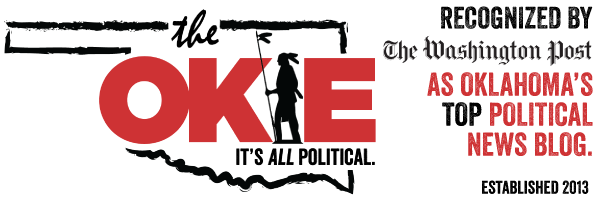Inhofe, Levin Advocate Nat Gas Vehicles
Fill ‘er Up—With Natural Gas
By U.S. Sens. Jim Inhofe & Carl Levin
February 27, 2014
Not long ago, Washington was debating how to secure energy from abroad to meet our economy’s demands. Today, thanks to homegrown technological innovations like hydraulic fracturing and horizontal drilling, the U.S. is the largest natural gas producer in the world, with 65 billion cubic feet extracted daily.
This abundance of domestically produced natural gas has helped fuel a resurgence in American manufacturing, boosting production and investment. It makes sense to apply this advantage to other sectors of the economy such as transportation, allowing American consumers to benefit from a cleaner and cheaper domestic fuel.
Vehicles running on natural gas have cleaner emissions than gasoline-fueled vehicles, and natural gas doesn’t have benzene or other chemicals that can break down parts and dilute lubricants. Natural gas can lower maintenance costs over the life of a car.
Despite these advantages, very few vehicles in the U.S. are equipped to run on natural gas. According to the Energy Information Administration, 99% of all energy used today in light-duty vehicles is either gasoline or diesel. Absent shifts in policy, over the next decade the share of natural gas as a light-duty transportation fuel is expected to remain below 1%. This has spurred a new debate for ways to encourage Americans toward a more cost-efficient and diverse form of transportation.
The roadblock to change is a classic chicken-and-egg problem. In order for natural gas to become a mainstream transportation fuel, there must be a robust refueling network around the country. But few gas stations will install natural-gas pumps without a fleet of natural-gas vehicles, and few consumers are willing to buy an NGV unless they’re confident they’ll be able to conveniently refuel it.
To address this concern, auto makers in Michigan and elsewhere have begun manufacturing dual-fuel automobiles equipped to run on natural gas and gasoline. Oklahoma and other states have been encouraging the natural-gas-vehicle industry for some time through rebates for aftermarket conversions. Dual-fuel vehicles allow drivers to take advantage of low natural gas prices without having to worry about getting stranded without a Compressed Natural Gas station nearby.
Auto makers are now rolling out CNG-equipped versions of some of their most popular models. This transition is occurring slowly, and while encouraging, Washington can accelerate the transition. We have identified a number of incentives to encourage broader acceptance of alternative fuel vehicles such as NGVs without any cost to the taxpayer, and we are introducing a bill to do it.
Our legislation would expand regulatory incentives to produce alternative-fuel vehicles including plug-in electric hybrids, hydrogen fuel cells and NGVs. Under the federal government’s Corporate Average Fuel Economy standards, auto makers can receive bonus credits toward their CAFE obligations for producing alternative-fuel vehicles.
The current National Highway Traffic Safety Administration statute allows only bi-fuel electric vehicles to be exempt from the annual bonus credit caps on fuel economy. Our bill would remove “alternative bi-fuel vehicles” from the annual bonus credit caps, which would boost production.
As an added incentive to buy them, the bill also gives states the flexibility to allow alternative-fuel vehicles to use high-occupancy-vehicle lanes on highways without passenger restrictions. This incentive was previously provided to owners of hybrid vehicles to great effect. It makes sense to revive and modify the provision for NGVs and other vehicles.
Dual-fueled NGVs are a bridge to a more diverse and efficient transportation fuel mix. We applaud the auto makers and other innovators for their investments that have made dual-fueled NGVs possible. The bill we propose will spur production and consumer demand for natural gas vehicles, strengthen the U.S. economy, and further reduce our dependence on foreign oil.
It is a strong first step forward in achieving the goal the president called for in his State of the Union to expand the production of alternative-fuel vehicles. It is our hope that we can continue to move toward a diversified fuel mix that will allow us to safely and responsibly achieve energy independence.
Mr. Inhofe, a Republican, is a senator from Oklahoma. Mr. Levin, a Democrat, is a senator from Michigan.
###
